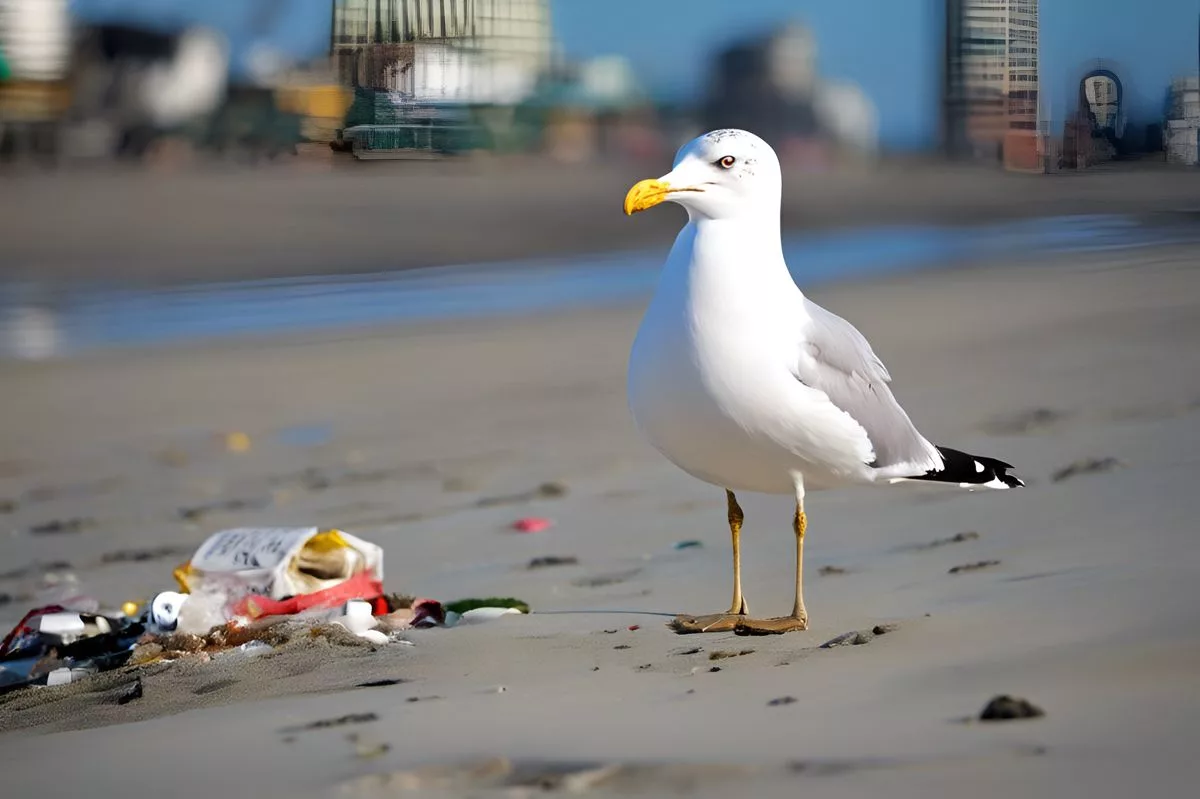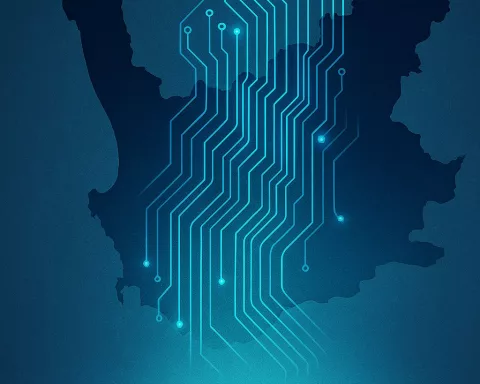Cape Town is facing an environmental crisis due to untreated sewage being discharged into its marine protected areas, threatening marine ecosystems and local industries such as fishing and tourism. The sewage, amounting to 32 million litres per day, originates from various areas in the city including Green Point, the city centre, Salt River, Camps Bay, and Hout Bay. While progress has been made in addressing the issue, the financial and technical implications of infrastructure upgrades require careful planning and execution. Rising environmental awareness among residents and the City’s commitment to addressing environmental issues provides hope for the future.
What is the cause of Cape Town’s marine crisis?
Cape Town’s marine protected areas are threatened by the daily discharge of untreated sewage, primarily originating from Green Point and including waste from the city centre, Salt River, Camps Bay, and Hout Bay. The sewage, which amounts to about 32 million litres per day, negatively impacts marine ecosystems and local industries such as fishing and tourism. The city has made progress towards rectifying the issue, but the financial implications and technical aspects of infrastructure upgrades demand careful planning and execution.
Cape Town’s Marine Crisis
Hidden within the scenic beauty of Cape Town lies a harsh environmental dilemma. The city’s marine protected areas are under constant threat due to the daily discharge of about 32 million litres of untreated sewage. The marine life at Greenpoint, Sea Point, and Hout Bay is particularly affected.
This problem has its roots in history. Decades ago, the city began to dispose of its sewage into the Atlantic ocean. The unsavoury practice came under public spotlight in 2016 when images of floating sewage made rounds on the internet. The disturbing images triggered an important discourse about the city’s environmental management policies and led to heightened attention towards the marine outfall sites.
In the subsequent year, Minister of Forestry, Fisheries and the Environment, Barbara Creecy, instructed the City to initiate a public interaction process regarding the discharge permits for these outfalls. The process, handled by the consulting firm Zutari, concluded on November 21, garnering a remarkable 1,979 comments.
A Diagnostic Assessment and Possible Solutions
City authorities also tasked Zutari with evaluating the feasibility of treating the sewage before discharging it into the sea. The sewage in question primarily originates from Green Point and includes waste from the city centre, Salt River, Camps Bay, and Hout Bay.
As per the details shared with GroundUp, an immediate solution would involve an upgrade to the marine outfall pump stations and the existing sewage infrastructure. This remedial measure is estimated to cost approximately R100 million. A more comprehensive solution, such as constructing wastewater treatment facilities or diverting the waste to existing plants, is projected to cost up to R8 billion.
Persistent Discrepancies and Implications
A particular concern related to this environmental predicament is Hout Bay, a significant contributor to the sewage outflow. Hout Bay has been found to be non-compliant with the Coastal Water Discharge Permit issued by the DFFE concerning total Kjeldahl nitrogen. This metric reflects the amount of organic nitrogen and ammonia nitrogen present in sewage. Unsettlingly, the Hout Bay outfall met the permit requirements merely 41% of the time. Moreover, it was reported that Hout Bay consistently exceeded the maximum discharge volumes, thereby violating other permit conditions.
These findings highlight the severity of the situation. The negative impact of untreated sewage on marine ecosystems is a recognised fact. The health of the flora and fauna within these ecosystems is critical for the overall balance of the planet. Moreover, their wellbeing influences local industries such as fishing and tourism.
Progress and Challenges Ahead
Since the public revelation in 2016, the city has made significant strides towards devising feasible solutions to rectify this issue. The active public engagement is indicative of the rising environmental awareness among Cape Town’s residents. Furthermore, the emphasis on the city’s environmental policies could potentially pave the way for sustainable waste management practices in Cape Town.
However, the path to resolution is not devoid of obstacles. The financial implications are considerable, thereby necessitating strategic resource allocation. The technical aspects related to infrastructure upgrades, along with the potential construction of new wastewater treatment plants, demand meticulous planning and execution. The municipal authorities face the challenge of striking a balance between budgetary restraints and the environmental emergency of the situation.
Though the problem persists, the increasing public awareness and involvement, coupled with the City’s commitment to address environmental issues, instils a cautious optimism for the future of Cape Town’s marine life. Cape Town’s journey towards resolving this environmental problem reflects the power of combined efforts in preserving the planet’s future.
1. What is the cause of Cape Town’s marine crisis?
Cape Town’s marine crisis is caused by the daily discharge of untreated sewage, primarily originating from Green Point and including waste from the city centre, Salt River, Camps Bay, and Hout Bay. The sewage negatively impacts marine ecosystems and local industries such as fishing and tourism.
2. What is the volume of untreated sewage discharged into Cape Town’s marine protected areas?
Approximately 32 million litres per day of untreated sewage is discharged into Cape Town’s marine protected areas.
3. What are the financial implications of rectifying the issue of untreated sewage discharge?
Upgrading infrastructure and constructing wastewater treatment facilities could cost up to R8 billion, while an immediate solution involving an upgrade to marine outfall pump stations and existing sewage infrastructure could cost approximately R100 million.
4. What are the implications of untreated sewage discharge on marine ecosystems?
Untreated sewage discharge has a negative impact on marine ecosystems, which is critical for the overall balance of the planet. Moreover, their wellbeing influences local industries such as fishing and tourism.
5. What progress has been made in addressing Cape Town’s marine crisis?
Cape Town has made progress towards rectifying the issue since public revelation in 2016. Rising environmental awareness among residents and the City’s commitment to addressing environmental issues provides hope for the future.
6. What challenges lie ahead in rectifying Cape Town’s marine crisis?
The financial implications and technical aspects of infrastructure upgrades demand careful planning and execution. Municipal authorities face the challenge of striking a balance between budgetary restraints and the environmental emergency of the situation.








